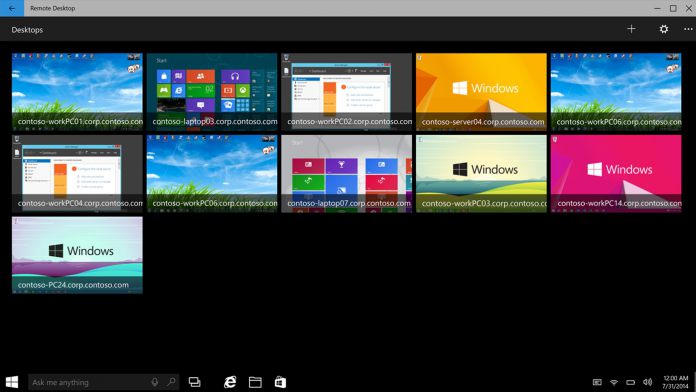You can now download the Remote Desktop client for ARM64 via this link. With the release of the Surface Pro X, the availability is especially topical. Naturally, it won’t install if you’re using a non-ARM PC with an Intel or AMD chip. As it’s a preview, it’s also likely there will be bugs. In that case, it’s worth noting that the app also has a 32-bit preview. As this isn’t based on a new CPU architecture, you may be less likely to run into issues, but have reduced performance due to emulation. As most will know, Remote Desktop lets you another PC or virtual app as if it were you own. It’s used frequently for Virtual Private Servers and in enterprise scenarios when working from home. As a result, it’s important for Microsoft to get the app right if it wants to win those customers over to ARM PCs. The preview version of Remote Desktop is 1.2.248, versus the .247 of its public counterpart. As well as the ARM64 support, .248 makes the following changes:
“The client now saves any changes you make to the connection bar (such as its position, size, and pinned state) and applies those changes across sessions. Updated gateway information and connection status dialogs. Addressed an issue that caused two credentials to prompt at the same time while trying to connect after the Azure Active Directory token expired. On Windows 7, users are now properly prompted for credentials if they had saved credentials when the server disallows it. The Azure Active Directory prompt now appears in front of the connection window when reconnecting. Items pinned to the taskbar are now updated during a feed refresh. Improved scrolling on the Connection Center when using touch. Removed the empty line from the resolution drop-down menu. Removed unnecessary entries in Windows Credential Manager. Desktop sessions are now properly sized when exiting full screen. The RemoteApp disconnection dialog now appears in the foreground when you resume your session after entering sleep mode. Addressed accessibility issues like keyboard navigation.”
You can find the latest Remote Desktop clients here, or regular Windows 10 users can grab it from the Store.




